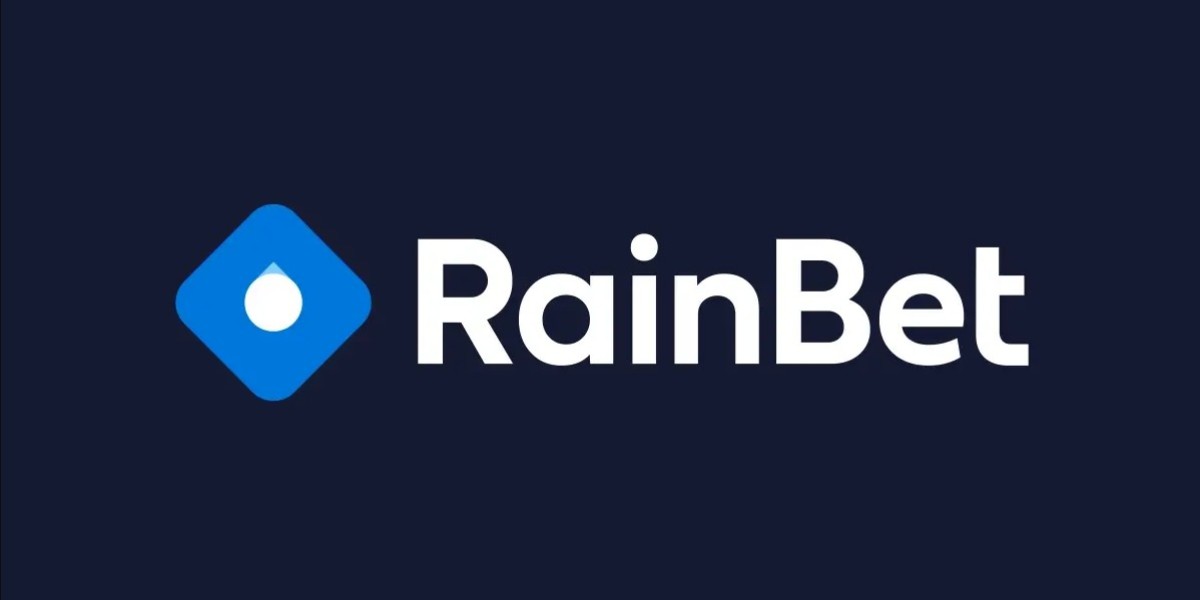Bahrain, Qatar, and Kuwait each have unique approaches to oil, which has shaped their economic development.
- Bahrain has made significant strides in diversifying its economy, particularly in financial services and technology. While oil remains important, it only contributes around 20% to Bahrain’s GDP, making it the least oil-dependent among the three.
- Qatar, with its massive natural gas reserves, has managed to build wealth around the energy sector, primarily through LNG exports. However, it is also heavily investing in diversification, particularly in tourism, sports, and finance, as part of its Vision 2030.
- Kuwait has the largest proportion of its GDP tied to oil—almost 90%. Despite this, the country has recognized the risks of overdependence and is working to reduce reliance on hydrocarbons through the Kuwait Vision 2035 plan.
What are the key economic sectors driving growth in these countries?
Each country is focused on different sectors to support economic growth:
- Bahrain has effectively capitalized on its banking and finance sector. The country is a regional leader in Islamic banking, fintech, and financial services, which now play a major role in its economy. The country is also diversifying into technology and tourism.
- Qatar’s wealth is driven primarily by its natural gas exports, but the country is actively working on expanding into industries such as construction, real estate, tourism, and healthcare. The 2022 FIFA World Cup has already spurred massive investment in infrastructure and tourism.
- Kuwait, in addition to its oil wealth, is focusing on infrastructure and digital transformation as part of its vision. The Kuwait Investment Authority (KIA), one of the world’s oldest sovereign wealth funds, plays a significant role in investment management, focusing on global assets and infrastructure.
How are foreign investors treated in each of these countries?
- Bahrain is highly open to foreign investment, with policies that encourage 100% foreign ownership in most sectors. This, along with a favorable tax environment, makes it attractive to international businesses, especially in the financial and technology sectors.
- Qatar offers substantial opportunities for foreign investment, particularly in real estate and energy sectors. Foreigners can invest through joint ventures or, in some cases, entirely owned enterprises, particularly in special economic zones.
- Kuwait is more conservative regarding foreign ownership, with restrictions on foreign companies in certain sectors. However, Kuwait Vision 2035 aims to encourage foreign investment through public-private partnerships, particularly in infrastructure and non-oil industries.
What is the role of sovereign wealth funds in these economies?
Sovereign wealth funds (SWFs) are central to the financial strategies of all three countries:
- Bahrain is not as reliant on its SWF as Qatar or Kuwait, but the country’s SWF plays a role in stabilizing the economy and funding strategic investments.
- Qatar’s SWF, the Qatar Investment Authority (QIA), is one of the largest in the world, managing assets in global markets. It serves as a key tool for diversifying the country’s wealth and reducing dependence on oil revenue.
- Kuwait’s Kuwait Investment Authority (KIA) is among the oldest and largest sovereign wealth funds globally. It manages substantial assets and plays a critical role in ensuring the long-term sustainability of Kuwait’s finances.
How are each of these countries responding to global economic trends?
- Bahrain is increasingly focusing on digital transformation and financial technology (fintech). As the region’s fintech hub, Bahrain is well-positioned to capitalize on emerging trends in cryptocurrency, blockchain, and digital banking.
- Qatar is embracing technological innovation across industries, particularly in smart cities and energy efficiency. The Qatar National Vision 2030 emphasizes the development of a knowledge-based economy and technological investment.
- Kuwait, although slower in terms of reforms, is starting to align its policies with global sustainability trends. Infrastructure projects like Silk City and investments in digitalization will support its transition into a more diverse and modern economy.
What are the challenges each country faces in achieving its long-term goals?
- Bahrain faces the challenge of maintaining growth in non-oil sectors while managing the volatility of regional politics and global trade shifts. Its small size and limited natural resources make it highly reliant on international markets.
- Qatar’s main challenge is balancing its large public sector with the need for privatization and job creation for nationals. The heavy focus on LNG production also means it must navigate global energy transitions toward renewables.
- Kuwait struggles with political gridlock, which has slowed essential economic reforms. Additionally, the country’s overdependence on oil makes it vulnerable to fluctuations in global oil prices. However, its sovereign wealth fund is a safeguard against this volatility.
What does the future look like for these Gulf economies?
- Bahrain is likely to continue its trend toward financial and technological innovation, with fintech and Islamic finance becoming more central to its economy. If the government can manage to maintain its diversification strategies, Bahrain will solidify its position as a regional leader.
- Qatar is poised to expand its global footprint through investments, energy expansion, and infrastructure. The World Cup will continue to offer short-term economic growth, but the country’s long-term stability will depend on how well it achieves economic diversification.
- Kuwait’s future hinges on successful reforms, especially in its labor market and public sector. The country’s large sovereign wealth fund gives it a financial cushion, but the true test will be its ability to shift from an oil-dominated economy to a more diversified one.
Conclusion
Bahrain’s financial sector is arguably the most dynamic, with the country positioning itself as a regional leader in Islamic finance and digital banking. Bahrain also continues to innovate in fintech and logistics, ensuring a diverse and stable economy. Qatar‘s energy sector, led by natural gas exports, continues to drive most of its wealth. However, the country is increasingly focusing on diversifying into tourism, sports, and education. Kuwait’s diversification efforts revolve around infrastructure development, healthcare, and technology, but oil remains its primary driver.







